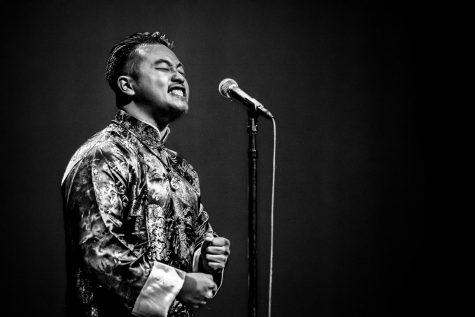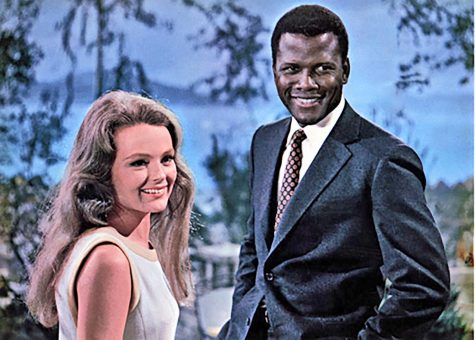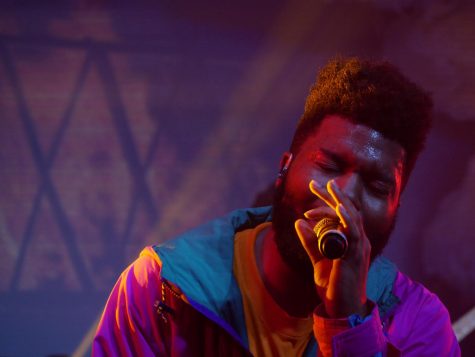Where the Wild Things are induces nostalgia
“Where the Wild Things Are,” based on the classic children’s book by Maurice Sendak, follows the imaginary adventures of young, mischievous Max.
Although Max entertains himself by ordering fences around like soldiers and flying to the moon with his stuffed animals, his adventures don’t feel complete. All he wants is for real people who matter to him, namely his too-cool older sister and work-swamped single mother, to join him in his imaginative pursuits. However, Max repeatedly finds both his sister’s and mother’s attention directed away from him and towards older male intruders. After an explosive outburst of jealousy and sorrow that leaves his mother in tears, Max dons the instantly recognizable wolf suit and runs away from home to sail to the land of the Wild Things.
Director Spike Jonze does a remarkable job of adapting Sendak’s beasts to the cinematic screen. Jonze gives the beasts very human characteristics and each is wrought with their own share of problems. Symbolism is a key element to this film, and the resemblance of both the internal and external turmoil of the wild things to Max’s own struggles is unmistakable.The environments are eerily desolate yet beautiful in their solitude. Any mark of civilization is obsolete and the absence of wild animals creates a sort of dreamlike paradise in which Max and the wild things are the only inhabitants. Experiencing deserts, beaches, and forests without the chirping of birds and buzzing of insects is both unsettling and soothing.
Some of the shots induce nostalgic feelings of one’s parents reading aloud Sendak’s classic to them for the first time all over again. The gradual awakening of Max being carried on the back of one of the beasts, bathed in a warm summer glow, while the only audible sound is the steady, solid plodding of the wild thing along the forest ground.
At first glance, it is easy to wave off Max’s troubles simply as ordinary obstacles grounded in the road to maturity. However, Spike Jonze suggests that since monsters and children can share similar emotional strife, what’s to say adults, perhaps the wildest beasts of all, are so different?









